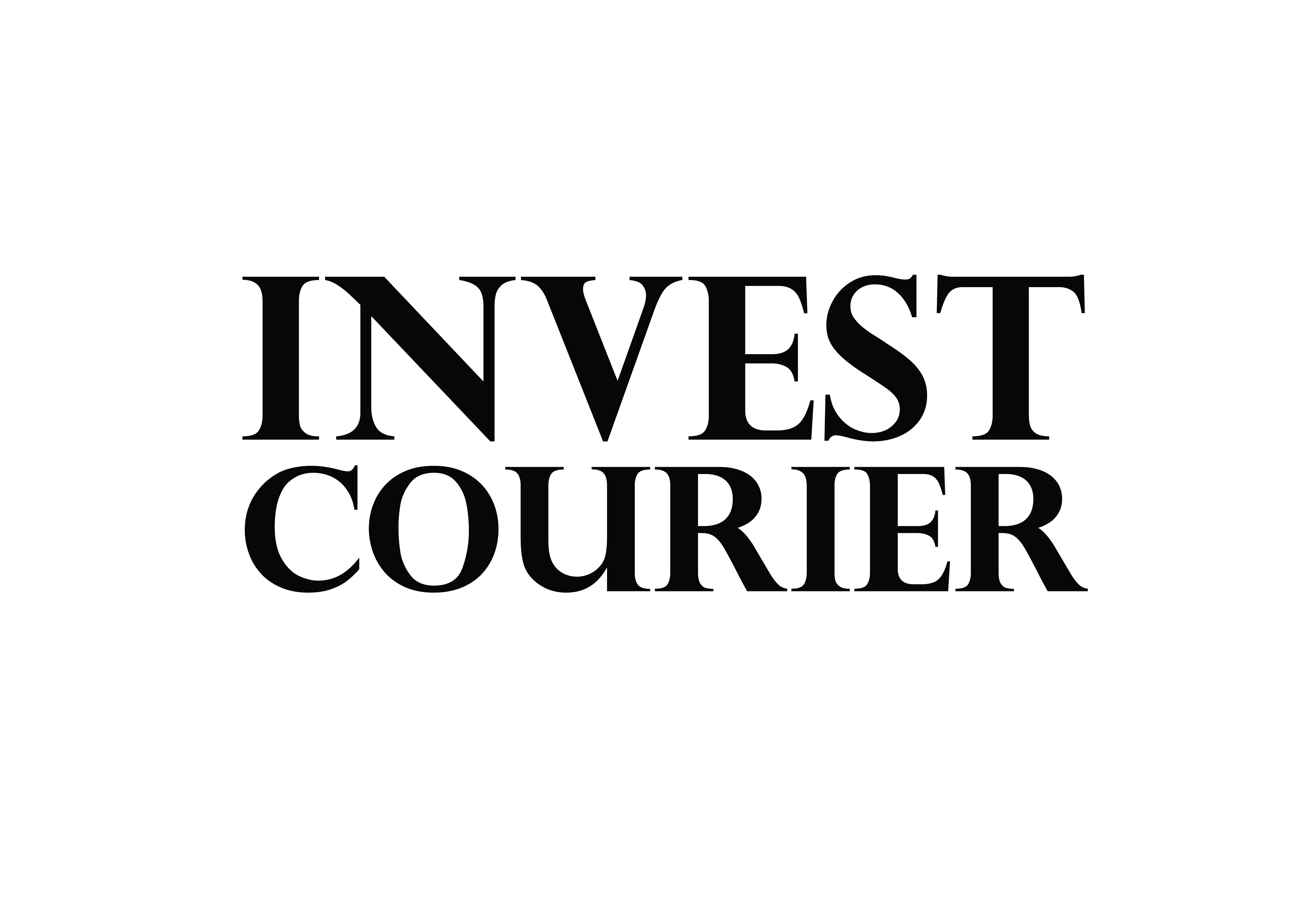Switching careers can be both exciting and challenging. Whether you’re moving from an office job to freelancing or stepping into a new industry, financial planning is crucial. Many professionals face income dips during transitions, making it essential to prepare ahead.
Did you know the average person changes careers 10-15 times in their life? This highlights the importance of having a solid plan in place. Take inspiration from NoCode Institute alumni who successfully transitioned into tech careers with careful preparation.
This guide offers actionable steps to help you manage risks while pursuing your dream. From building a safety net to budgeting wisely, you’ll discover a 6-step framework to navigate your transition smoothly. Let’s get started!
Why Financial Planning is Essential for a Career Change
Navigating a career shift requires more than just passion; it demands financial foresight. Many professionals face unexpected challenges, such as temporary income reductions or gaps in benefits. Without proper preparation, these hurdles can derail your progress.
The Financial Challenges of Switching Careers
Transitioning to a new field often comes with hidden costs. For example, Onome Jennifer Jike experienced a significant income reduction when she moved into the tech industry. Beyond lost earnings, you might face expenses like training, certifications, or even relocation.
America Saves reports that the average person changes jobs 12+ times, often leading to gaps in health insurance and retirement benefits. These gaps can create long-term financial strain if not addressed early.
“Frequent job changes can disrupt your financial stability, especially if you’re unprepared for the gaps in benefits,” says America Saves.
How a Financial Plan Provides Stability During Transitions
A well-thought-out strategy can help you navigate these challenges with confidence. For instance, Vanguard’s IRA rollover options allow you to preserve your retirement savings without incurring penalties. This ensures your assets remain intact during your transitions.
Building an emergency fund is another critical step. According to LinkedIn, 74% of professionals worry about financial stability during career pivots. Having 3-6 months’ worth of essential expenses saved can reduce stress and provide a safety net.
Additionally, setting clear financial goals helps you stay focused. Whether it’s covering training costs or managing a temporary income dip, a plan keeps you on track. For more on the importance of emergency savings, check out this resource.
By addressing these challenges proactively, you can approach your career change with greater confidence and peace of mind.
Assess Your Current Financial Situation
Understanding your finances is the first step toward a smooth transition. Before making any big moves, take time to evaluate your current financial situation. This includes reviewing your income, expenses, and savings. A clear picture of where you stand helps you make informed decisions.

Evaluate Your Income, Expenses, and Savings
Start by tracking your income and expenses. Create a detailed spreadsheet that includes categories like housing, food, transportation, and even streaming services. Tools like America Saves’ free spending plan can simplify this process.
Next, assess your savings. Do you have enough to cover unexpected costs? Experts recommend having 3-6 months’ worth of essential expenses saved in an emergency fund. This buffer can provide peace of mind during uncertain times.
Identify and Prioritize Debt Obligations
Debt can be a major obstacle during transitions. List all your debts, including credit cards, loans, and mortgages. Consider strategies like the debt snowball or avalanche method to tackle them effectively.
For example, the debt snowball method focuses on paying off smaller balances first, while the avalanche method targets high-interest debts. Both approaches can help you reduce financial stress. Additionally, keep an eye on your FICO score, as restructuring debt can impact your credit.
Review Your Emergency Fund and Retirement Accounts
Your emergency fund is your safety net. If it’s not fully funded, prioritize building it up. For those at higher risk of job loss, saving up to a year’s worth of expenses is ideal.
Don’t forget to review your retirement accounts. Vanguard warns against premature withdrawals, which can incur a 32% penalty. Instead, consider rolling over your 401(k) to preserve your savings. Aim to save at least 15% of your income for retirement to stay on track.
“A well-prepared emergency fund and retirement plan can make all the difference during a career transition,” says Vanguard.
Finally, calculate your financial runway. Divide your savings by your monthly expenses to determine how long you can sustain yourself without income. This formula helps you plan your transition with confidence.
For more tips on managing essential expenses during uncertain times, check out this resource.
Set Clear Financial Goals for Your Career Transition
Setting clear objectives is the backbone of any successful career pivot. Without well-defined targets, it’s easy to lose focus or feel overwhelmed. Whether you’re saving for training or managing a temporary income dip, having a roadmap ensures you stay on track.
Define Short-Term and Long-Term Objectives
Start by breaking your financial goals into short-term and long-term categories. For example, saving $5,000 for a certification program is a specific short-term goal. In contrast, building a six-month emergency fund is a long-term priority.
Avoid vague aspirations like “save more.” Instead, use the SMART framework—Specific, Measurable, Achievable, Relevant, and Time-bound. This approach helps you create actionable plans that lead to tangible results.
Create a Realistic Timeline for Your Transition
Your career transition timeline should reflect your personal circumstances. For instance, NoCode Institute’s 6-month tech program is ideal for those looking to switch fields quickly. Others might prefer a 12-month plan to balance work and training.
Include milestones like certification completion dates or networking goals. Derek Pando’s strategy of building a 6-month emergency fund is a great example of aligning your timeline with financial preparedness.
Regularly Review and Adjust Your Goals
Life is full of unexpected changes, and your financial goals should adapt accordingly. Use tools like Mint or You Need A Budget for quarterly check-ins. This ensures you’re staying on track and making necessary adjustments.
Don’t fall into the “set-and-forget” trap. For example, IRS contribution limits often change, impacting your retirement savings strategy. Staying proactive ensures your plans remain relevant and effective.
“Regularly reviewing your financial goals keeps you prepared for life’s uncertainties,” says US Bank.
By setting clear objectives and revisiting them often, you’ll navigate your career transition with confidence and clarity.
How to Create a Financial Plan for a Career Change
Preparing for a career shift involves more than just updating your resume—it’s about securing your financial future. A well-structured budget and thoughtful planning can help you navigate income gaps and maintain stability. Let’s explore the key steps to ensure you’re financially prepared for this exciting journey.
Develop a Transition Budget to Manage Income Gaps
Start by outlining your expected expenses during the transition. Include line items like certification costs ($1,200) and health insurance premiums ($700/month). A detailed budget helps you anticipate and manage potential income dips.
FEMA reports that 40% of Americans can’t cover a $400 emergency expense. Building a financial safety net is crucial. Aim to save at least 3-6 months’ worth of essential expenses to cushion any unexpected challenges.

Plan for Health Insurance and Other Benefits
Losing employer-sponsored health insurance is a common concern during career changes. Explore your options, such as COBRA, Marketplace plans, or joining a spouse’s policy. Each choice has its pros and cons, so evaluate based on your needs and budget.
Don’t forget other benefits like commuter perks or HSA funds. Negotiating unused vacation pay can also provide a temporary financial boost. These steps ensure you maintain essential coverage during your transition.
Consider Rolling Over Retirement Accounts and Updating Beneficiaries
Your retirement savings shouldn’t take a backseat during a career change. Vanguard’s rollover options allow you to transfer your 401(k) without penalties. This preserves your savings and keeps your long-term goals on track.
Updating beneficiaries is equally important. Whether you’re working with Fidelity or Vanguard, ensure your accounts reflect your current wishes. This step protects your loved ones and aligns with your financial strategy.
For more insights on managing your retirement savings, check out this resource.
Monitor and Adjust Your Financial Plan Regularly
Staying on top of your finances during a career pivot ensures long-term stability. A well-structured financial plan isn’t a one-time task—it requires ongoing attention. Regular check-ins help you stay aligned with your goals and adapt to life’s uncertainties.
Track Your Spending and Savings Progress
Start by monitoring your income and expenses. Tools like Personal Capital or a simple spreadsheet can make this process easier. For example, Mark Graban’s rolling 5-year plan strategy emphasizes the importance of consistent tracking.
Set aside time weekly or monthly to review your progress. This habit helps you identify areas where you can cut back or save more. Apps like Mint can automate this process, giving you a clear picture of your financial health.
Adapt to Unexpected Changes During Your Transition
Life is full of surprises, especially during transitions. For instance, a teacher who pivoted to virtual training during the pandemic faced initial income dips but eventually recovered. Having a Plan B can provide peace of mind.
Consider inflation adjustments, like the 2024 IRA contribution limit increases, to ensure your savings keep pace. Regularly revisiting your financial plan helps you stay prepared for any curveballs.
Stay Flexible and Revisit Your Plan as Needed
Flexibility is key to navigating a career change with confidence. Quarterly audits of your insurance, debt payoff progress, and savings goals ensure you’re on track. Vanguard’s advisor services can also provide expert guidance tailored to your needs.
Remember, your financial plan should evolve with your circumstances. For more tips on managing your budget effectively, check out this resource.
Conclusion
Embarking on a new professional journey requires careful preparation and smart financial decisions. Building a 6-month emergency fund and saving at least 15% of your income are key steps to ensure stability during your career change. NoCode Institute’s job placement partnerships have helped many achieve success in their transitions, proving that the right support makes all the difference.
Take the first step today by signing the America Saves Pledge. This simple commitment can set you on the path to a brighter future. Your career reboot starts with one budget spreadsheet—download our free financial plan template to get started. Avoid common mistakes like premature retirement account withdrawals, and stay focused on your goals.
With the right financial plan, you can confidently embrace your new path and achieve the success you deserve.


